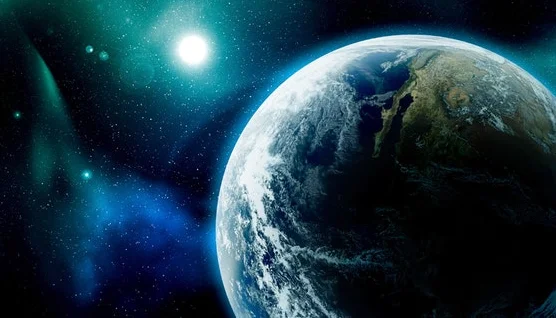A team of scientists from the National Institute of Oceanography (NIO) will spend the next three months.
A 30-member team of scientists and researchers from the National Institute of Oceanography (NIO) in Panaji and another 30 crew members onboard its research vessel Sindhu Sadhana will spend the next three months traversing the course of over 10,000 nautical miles in the Indian Ocean on a research project to reveal the internal working of the body of the ocean at a cellular level.
The first-of-its-kind research project in the country is aimed at understanding the biochemistry and the response of the ocean to climate change, nutrient stress and increasing pollution. Conceptualized over the last two to three years, the research project has been undertaken at a cost of PRs 25 crore and will take three years to complete, NIO Director Sunil Kumar Singh said.
What is the NIO’s research project about?
The research project that will be flagged off at Visakhapatnam on Thursday will see the team of 30 scientists and researchers — including six women — course the Indian Ocean from India’s east coast, all the way to Australia, then onward towards Port Louis in Mauritius and up to the border of Pakistan, off India’s west coast, gathering samples for genome mapping of microorganisms in the Indian Ocean. The researchers will collect samples from various stretches of the ocean at an average depth of about 5 km.
Just like gene mapping is carried out on blood samples collected from humans, the scientists will map these in the bacteria, microbes found in the ocean. The mapping of the Deoxyribonucleic acid (DNA) and Ribonucleic acid (RNA) will show the nutrients present in them, and also those lacking in different parts of the ocean.
What will the scientists learn from this genome mapping in the ocean?
NIO Director Sunil Kumar Singh explained that this will help scientists understand the internal working of the ecosystem of the Indian Ocean. The research will enable scientists to identify the factors controlling the changes in RNA, DNA in the oceans, and various stressors impacting them.
The ocean has several micronutrients like nitrates, sulphates and silicates, minerals like iron ore and zinc, and trace metals like cadmium or copper. The genome mapping will show the presence of which these microbes have adapted to, in addition to their reaction to atmospheric carbon dioxide. This will help in identifying which part of the ocean has a greater concentration of which mineral or element.
Scientists will then use these as tracers to tackle the causative factors for excess or lack of a certain mineral or element and suggest possible solutions for their mitigation. In addition, the large pool of RNA, DNA library of the oceans will be utilized for using the Indian Ocean to human benefit in the future.
According to the NIO, rapid advances in sequencing technologies and bioinformatics have enabled exploration of the ocean genome. “Exploring the ocean genome will enable an increase in the growing number of commercial biotechnology applications, extending from multiple anticancer treatments to cosmetics and industrial enzymes, to antiviral molecules… Exploration of the ocean at a genetic level will result in new insights into taxonomy and adaptive capacity that can help optimize conservation efforts,” the NIO stated in its project abstract.
To buy our online courses: Click Here
Trace metals like cadmium or copper are supplied to oceans via continental run-offs, atmospheric deposition, hydrothermal activities and continental shelf interaction. They are essential for ocean productivity. Scientists say that it is important to understand the interactions of trace metals with marine biota “for having a holistic understanding about nutrient cycling and productivity of the oceans”.
Apart from their reactions on marine life, isotopic forms of trace metals can be utilized to track the movement of water masses responsible for ocean circulation and as tools to study the biological, geochemical and ecosystem processes and food web analyses. The NIO’s project is expected to generate new information about trace metals from underexplored regions of the Indian Ocean, the third largest water body in the world, covering about 20 per cent of the Earth’s water surface.
How will the scientists collect the samples?




